Home>Home Appliances>Laundry Appliances>Where Does A Washing Machine Drain
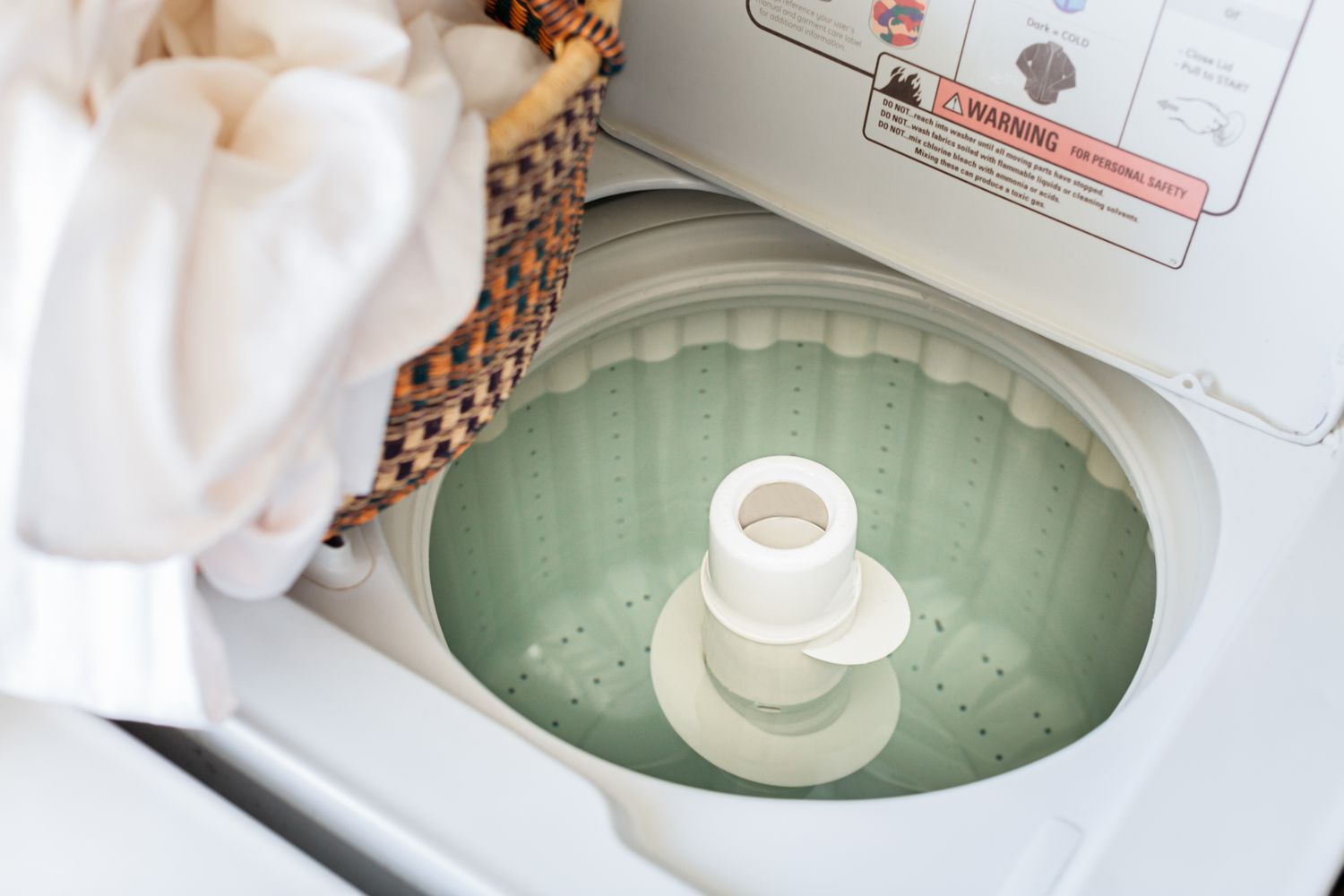

Laundry Appliances
Where Does A Washing Machine Drain
Modified: March 2, 2024
Discover where a washing machine drains and how to troubleshoot drainage issues. Get expert tips for maintaining laundry appliances. Explore more!
(Many of the links in this article redirect to a specific reviewed product. Your purchase of these products through affiliate links helps to generate commission for Storables.com, at no extra cost. Learn more)
Understanding the Drainage System of a Washing Machine
The drainage system of a washing machine is a crucial component that ensures the effective removal of wastewater from the appliance during the laundry process. Understanding how this system functions is essential for maintaining the optimal performance of your washing machine.
At the core of the drainage system is the drain hose, a flexible tube typically located at the back of the machine. This hose serves as the conduit through which the used water exits the washing machine. It is designed to withstand the force of water flow and is equipped with a clamp to secure it in place.
Connected to the drain hose is the drain pump, which plays a pivotal role in expelling the water from the washing machine. This pump is responsible for creating the necessary pressure to push the wastewater through the drain hose and into the designated drainage location.
Furthermore, the drainage system is equipped with a lint filter to trap lint, debris, and other particles that may be present in the wastewater. This filter prevents these materials from clogging the drain hose or causing damage to the drain pump, thereby ensuring the smooth operation of the drainage system.
In addition to these components, some washing machines are equipped with a drain standpipe, also known as a standpipe or a utility sink. This vertical pipe provides a direct pathway for the wastewater to flow into the sewer system or a designated drainage outlet.
Understanding the drainage system of a washing machine involves recognizing the interconnectedness of these components and their collective role in facilitating the efficient removal of wastewater. By comprehending the functionality of each part, you can troubleshoot potential drainage issues and ensure that your washing machine operates seamlessly.
In the subsequent sections, we will delve into the common drainage locations for washing machines, factors to consider when choosing a drainage location, tips for properly draining a washing machine, and potential issues that may arise with washing machine drainage. This comprehensive exploration will empower you to make informed decisions regarding the drainage of your washing machine and address any concerns that may arise.
Key Takeaways:
- Proper drainage is crucial for washing machines to work well. Understand the components and choose the right drainage location to prevent clogs and ensure efficient water removal.
- Keep your washing machine happy by positioning the drain hose correctly, maintaining an air gap, and cleaning the lint filter regularly. Address drainage issues promptly to avoid potential problems.
Read more: How Does A Washing Machine Drain
Common Drainage Locations for Washing Machines
When it comes to draining a washing machine, there are several common locations where the wastewater can be directed. Each option has its own advantages and considerations, allowing users to choose the most suitable drainage location based on their specific needs and the layout of their living space.
-
Utility Sink: Many homes are equipped with a utility sink, making it a convenient drainage location for washing machines. The utility sink provides a dedicated area for the washing machine to discharge wastewater, offering a seamless and contained drainage solution. This setup is particularly beneficial for homes with limited space, as it eliminates the need for a separate drain pipe.
-
Standpipe: A standpipe, also known as a standpipe drain, is a vertical pipe that extends from the floor or wall and is connected to the home's plumbing system. Washing machines can be directly connected to the standpipe, allowing for the efficient discharge of wastewater. This setup is commonly found in laundry rooms and provides a straightforward and reliable drainage solution.
-
Floor Drain: In some homes, especially those with basements or dedicated laundry areas, a floor drain may serve as the primary drainage location for washing machines. Floor drains are designed to efficiently remove wastewater and are often equipped with a trap to prevent odors and gases from entering the living space. Connecting the washing machine to a floor drain can be a practical and space-saving option.
-
Laundry Tub: Similar to a utility sink, a laundry tub offers a designated area for the washing machine to drain wastewater. This setup provides a contained and easily accessible drainage solution, making it a popular choice for laundry rooms and utility areas. Additionally, laundry tubs are designed to handle the volume of water discharged by washing machines, ensuring effective drainage.
-
Direct Plumbing Connection: In some installations, washing machines are directly connected to the home's plumbing system, allowing for the seamless discharge of wastewater. This setup eliminates the need for a separate drain pipe or receptacle, streamlining the drainage process. While this option may require professional installation, it offers a convenient and permanent drainage solution.
When selecting a drainage location for a washing machine, it is essential to consider factors such as proximity to the plumbing system, available space, and the overall layout of the laundry area. By choosing the most suitable drainage location, users can ensure efficient wastewater removal and seamless operation of their washing machines.
Factors to Consider When Choosing a Drainage Location
When selecting a drainage location for a washing machine, several factors should be taken into account to ensure optimal functionality and convenience. The choice of drainage location can significantly impact the efficiency of wastewater removal and the overall usability of the laundry area. Here are key factors to consider when making this important decision:
-
Proximity to Plumbing: The proximity of the drainage location to the home's plumbing system is a critical consideration. Connecting the washing machine to a drainage point that is close to the existing plumbing infrastructure can streamline the installation process and minimize the need for extensive modifications. This can result in cost savings and a more straightforward setup.
-
Space Availability: Assessing the available space in the laundry area is essential when choosing a drainage location. For homes with limited space, a utility sink or laundry tub may serve as practical options, providing a contained area for the washing machine to discharge wastewater without occupying additional floor space. Alternatively, a standpipe or floor drain can be advantageous in areas where space is at a premium, as they integrate seamlessly into the existing layout.
-
Accessibility and Convenience: Consider the accessibility of the drainage location and its proximity to the washing machine. Opting for a drainage point that is easily accessible can simplify maintenance tasks, such as cleaning the lint filter or inspecting the drain hose for potential blockages. Additionally, a convenient drainage location can enhance the overall user experience, making it easier to connect and disconnect the washing machine as needed.
-
Adequate Drainage Capacity: It is crucial to ensure that the selected drainage location has the capacity to handle the volume of water discharged by the washing machine. This is particularly important for high-capacity or commercial-grade washing machines, as they may produce a larger volume of wastewater during each cycle. Choosing a drainage location with adequate capacity can prevent backups and ensure efficient water removal.
-
Odor and Ventilation Considerations: Some drainage locations, such as floor drains and standpipes, may be equipped with traps to prevent odors and gases from entering the living space. Evaluating the odor control and ventilation features of potential drainage locations can contribute to a more pleasant and hygienic laundry environment.
By carefully considering these factors, individuals can make informed decisions when choosing a drainage location for their washing machines. This thoughtful approach can lead to a well-planned and efficient setup, enhancing the overall functionality and usability of the laundry area.
Tips for Properly Draining a Washing Machine
Properly draining a washing machine is essential for maintaining its performance and preventing potential issues related to water discharge. By following these tips, you can ensure efficient wastewater removal and prolong the lifespan of your washing machine:
-
Position the Drain Hose Correctly: When installing or repositioning your washing machine, ensure that the drain hose is properly positioned. The hose should have a downward slope to facilitate the smooth flow of wastewater. Avoid kinks or sharp bends in the hose, as these can impede water discharge and lead to drainage problems.
-
Secure the Drain Hose: Use a sturdy clamp or fastener to secure the drain hose in place. This prevents the hose from shifting or becoming dislodged during the washing machine's operation, ensuring a consistent and reliable connection to the drainage point.
-
Maintain an Adequate Air Gap: When connecting the drain hose to a standpipe or utility sink, maintain an adequate air gap between the end of the hose and the drainage point. This gap prevents backflow and siphoning, allowing for proper drainage without the risk of wastewater re-entering the washing machine.
-
Clean the Lint Filter Regularly: The lint filter, located near the drain pump or within the washing machine's interior, should be cleaned regularly to prevent clogs and maintain optimal drainage. Check the manufacturer's guidelines for specific instructions on accessing and cleaning the lint filter.
-
Inspect the Drain Pump: Periodically inspect the drain pump for any signs of debris or obstruction. Clearing any blockages from the pump ensures that it can effectively expel wastewater from the washing machine, preventing drainage issues and potential damage to the pump.
-
Use the Correct Drainage Location: Select the most suitable drainage location based on the layout of your laundry area and the proximity to the home's plumbing system. Consider factors such as space availability, accessibility, and drainage capacity when choosing the optimal location for your washing machine's wastewater discharge.
-
Avoid Overloading the Machine: Overloading the washing machine can lead to excessive water usage and strain the drainage system. Follow the manufacturer's guidelines regarding load capacity to prevent overwhelming the drainage system and ensure efficient water removal.
-
Address Drainage Issues Promptly: If you notice any signs of slow drainage, backups, or unusual noises during the drainage process, address these issues promptly. Delaying necessary maintenance or repairs can exacerbate drainage problems and impact the overall performance of the washing machine.
By implementing these tips, you can effectively manage the drainage of your washing machine, promoting efficient wastewater removal and maintaining the appliance's functionality. Taking proactive measures to ensure proper drainage contributes to a seamless laundry experience and prolongs the longevity of your washing machine.
Potential Issues with Washing Machine Drainage
Proper drainage is essential for the efficient operation of a washing machine. However, several potential issues can arise that may compromise the appliance's drainage system, leading to inconvenience and potential damage. Understanding these issues is crucial for timely identification and resolution.
Read more: How Does A Washing Machine Drain Pump Work
1. Clogs and Blockages
One of the most common issues with washing machine drainage is the occurrence of clogs and blockages within the drain hose or the drainage system. Over time, lint, debris, and other particles can accumulate, obstructing the flow of wastewater. This can result in slow drainage, water backups, and even the inability of the washing machine to expel water effectively.
2. Drain Hose Obstructions
The drain hose itself may become obstructed, either due to kinks in the hose, improper positioning, or physical damage. These obstructions can impede the flow of water, leading to drainage problems and potential leaks. Additionally, if the drain hose is inserted too far into the standpipe or drainage outlet, it can create a siphoning effect, causing water to continuously drain from the machine.
3. Pump Malfunctions
The drain pump, responsible for expelling wastewater from the washing machine, can experience malfunctions due to wear and tear or the accumulation of debris. A faulty pump may result in inadequate water removal, leading to standing water in the machine or incomplete drainage cycles.
4. Backflow and Siphoning
Improper installation of the drain hose, particularly the absence of an adequate air gap, can lead to backflow and siphoning. This occurs when wastewater re-enters the washing machine after drainage or when the water is continuously siphoned out, causing drainage issues and potential damage to the appliance.
Read more: Why Does My Washing Machine Keep Draining
5. Inadequate Drainage Capacity
In some cases, the selected drainage location may lack the necessary capacity to handle the volume of water discharged by the washing machine, especially during high-capacity or heavy-duty cycles. This can lead to overflows, backups, and inefficient water removal.
6. External Obstructions
External factors, such as debris or foreign objects entering the drainage system, can cause blockages and hinder the proper flow of wastewater. Additionally, mineral deposits and sediment buildup within the drainage pipes can contribute to drainage issues over time.
7. Aging Infrastructure
In older homes, the plumbing infrastructure may be susceptible to deterioration, leading to reduced drainage efficiency. Corrosion, pipe damage, or inadequate slope in the drainage lines can contribute to drainage problems for washing machines.
8. Improper Maintenance
Neglecting regular maintenance tasks, such as cleaning the lint filter, inspecting the drain hose, and addressing potential issues promptly, can lead to drainage problems. Proper maintenance is essential for preventing and resolving drainage issues effectively.
By being aware of these potential issues with washing machine drainage, users can take proactive measures to address them and maintain the optimal functionality of their appliances. Timely maintenance, proper installation, and regular inspection can mitigate these issues, ensuring efficient wastewater removal and the prolonged performance of washing machines.
Conclusion
In conclusion, the drainage system of a washing machine is a vital component that ensures the effective removal of wastewater, contributing to the appliance's overall performance and longevity. Understanding the interconnectedness of the drain hose, drain pump, lint filter, and drainage location is essential for maintaining optimal functionality and addressing potential drainage issues.
When considering the drainage location for a washing machine, factors such as proximity to plumbing, space availability, accessibility, drainage capacity, and odor control should be carefully evaluated. By making informed decisions based on these considerations, users can establish a well-planned and efficient setup, enhancing the usability of their laundry areas.
Properly draining a washing machine involves positioning the drain hose correctly, maintaining an adequate air gap, cleaning the lint filter regularly, and addressing drainage issues promptly. By adhering to these best practices, individuals can ensure efficient wastewater removal, prevent potential blockages, and prolong the lifespan of their washing machines.
Despite the importance of proper drainage, several potential issues can arise, including clogs, drain hose obstructions, pump malfunctions, backflow, inadequate drainage capacity, external obstructions, aging infrastructure, and improper maintenance. Recognizing these issues and taking proactive measures to address them is crucial for maintaining the optimal functionality of washing machine drainage systems.
In essence, the drainage system of a washing machine plays a pivotal role in the appliance's overall performance and user experience. By understanding the key components, selecting an appropriate drainage location, and implementing best practices for proper drainage, individuals can ensure the seamless operation of their washing machines and mitigate potential drainage issues effectively. This proactive approach contributes to a more efficient and reliable laundry experience while extending the longevity of the washing machine.
In conclusion, prioritizing proper drainage and proactive maintenance is essential for preserving the functionality and performance of washing machines, ultimately enhancing the efficiency and convenience of household laundry routines.
Frequently Asked Questions about Where Does A Washing Machine Drain
Was this page helpful?
At Storables.com, we guarantee accurate and reliable information. Our content, validated by Expert Board Contributors, is crafted following stringent Editorial Policies. We're committed to providing you with well-researched, expert-backed insights for all your informational needs.
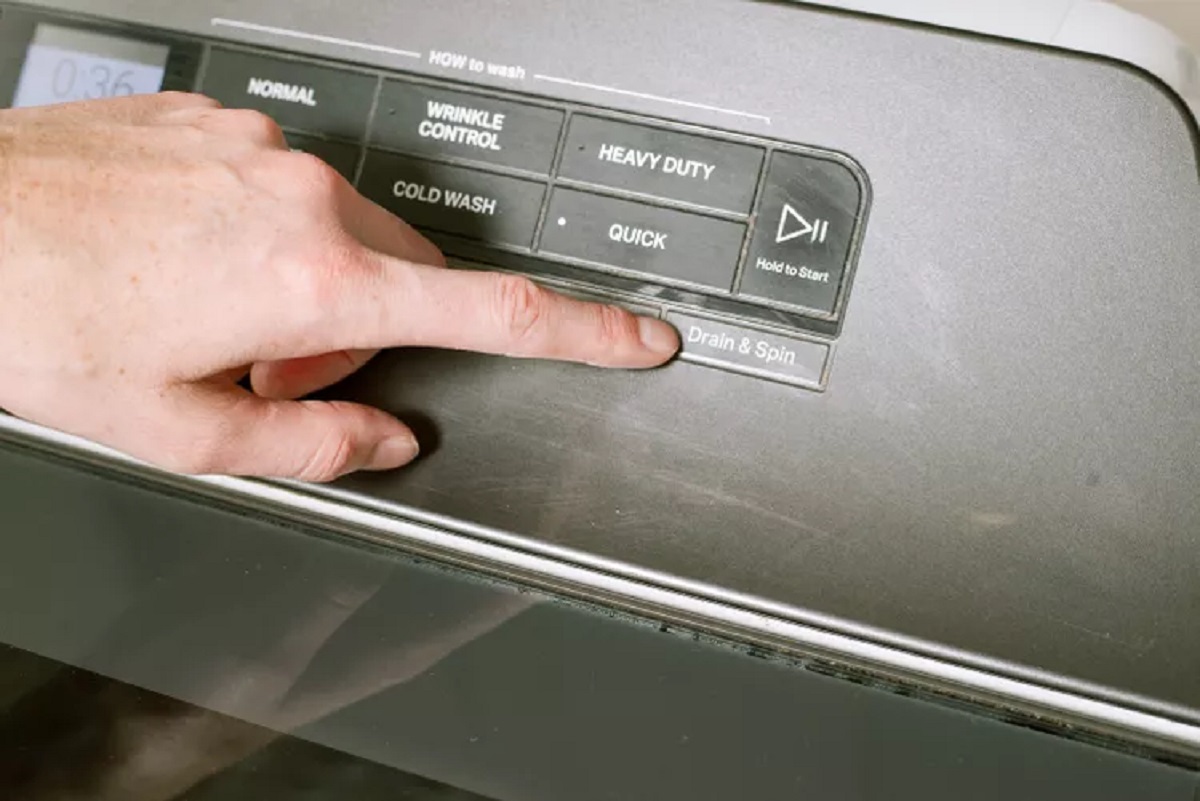
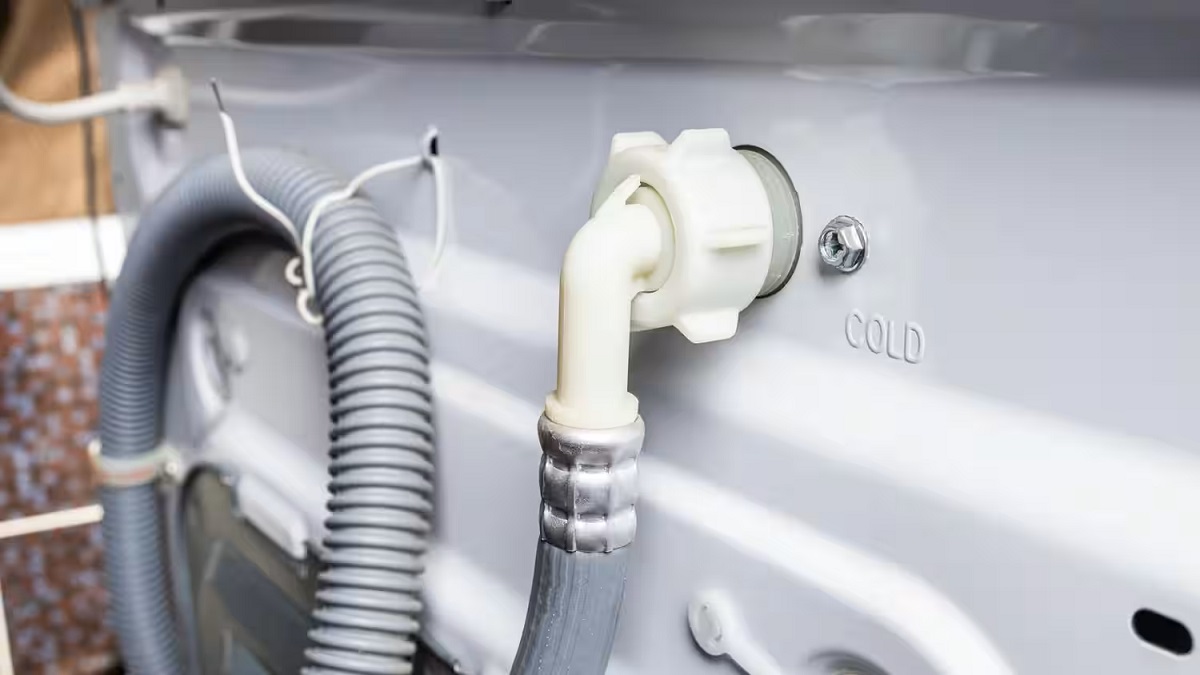
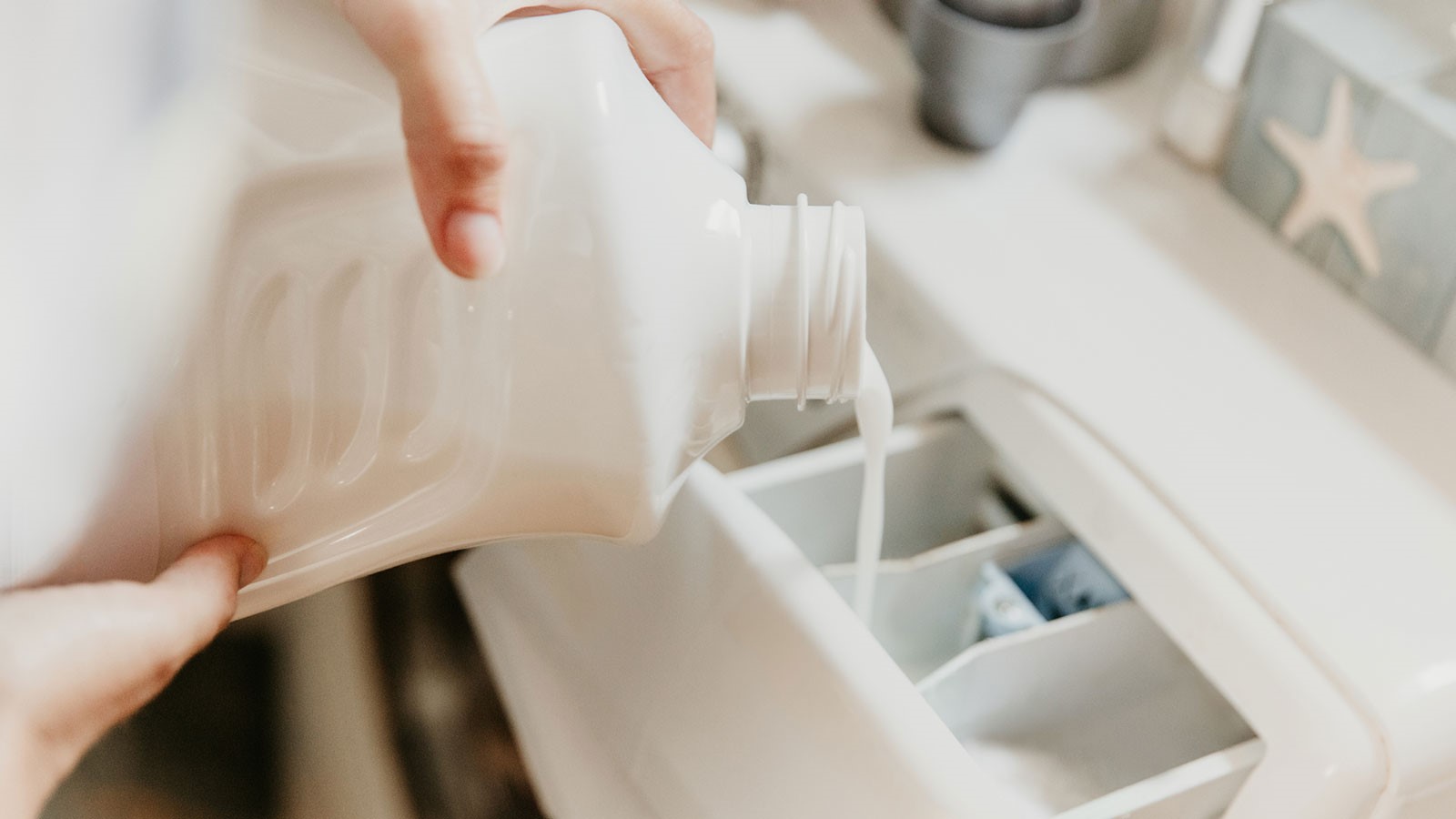



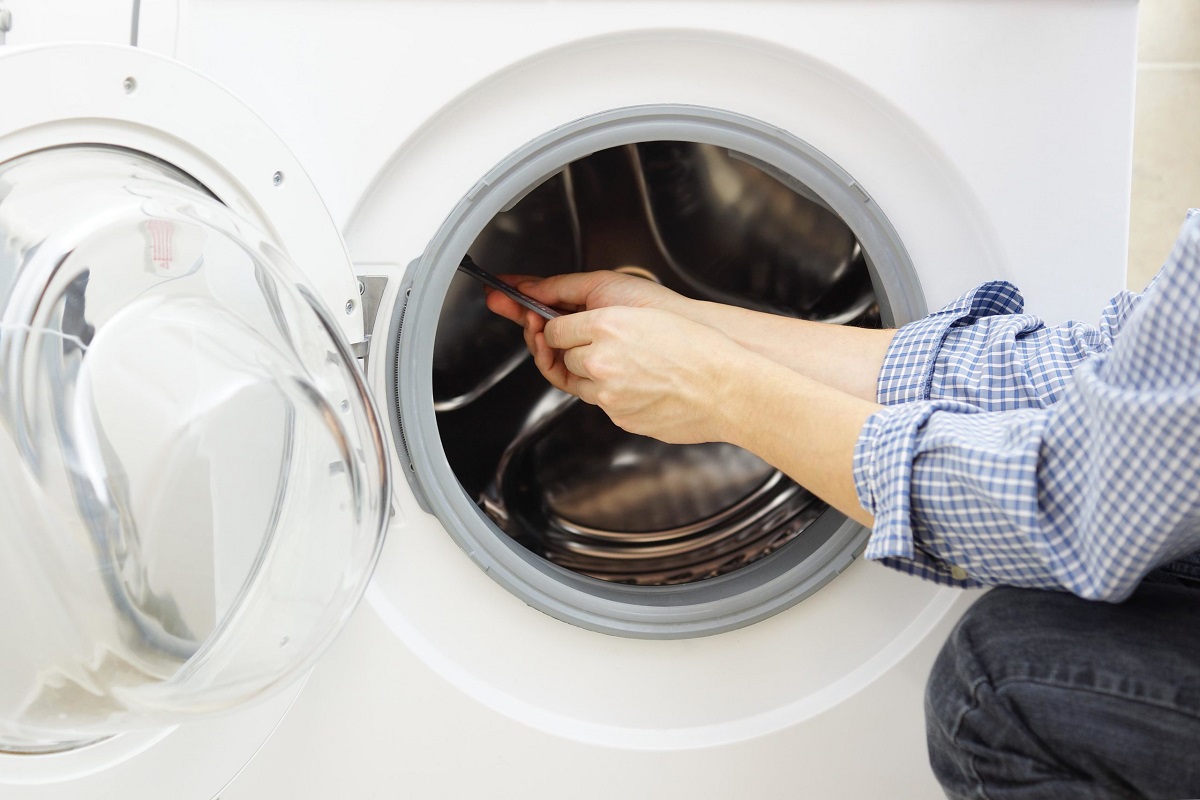
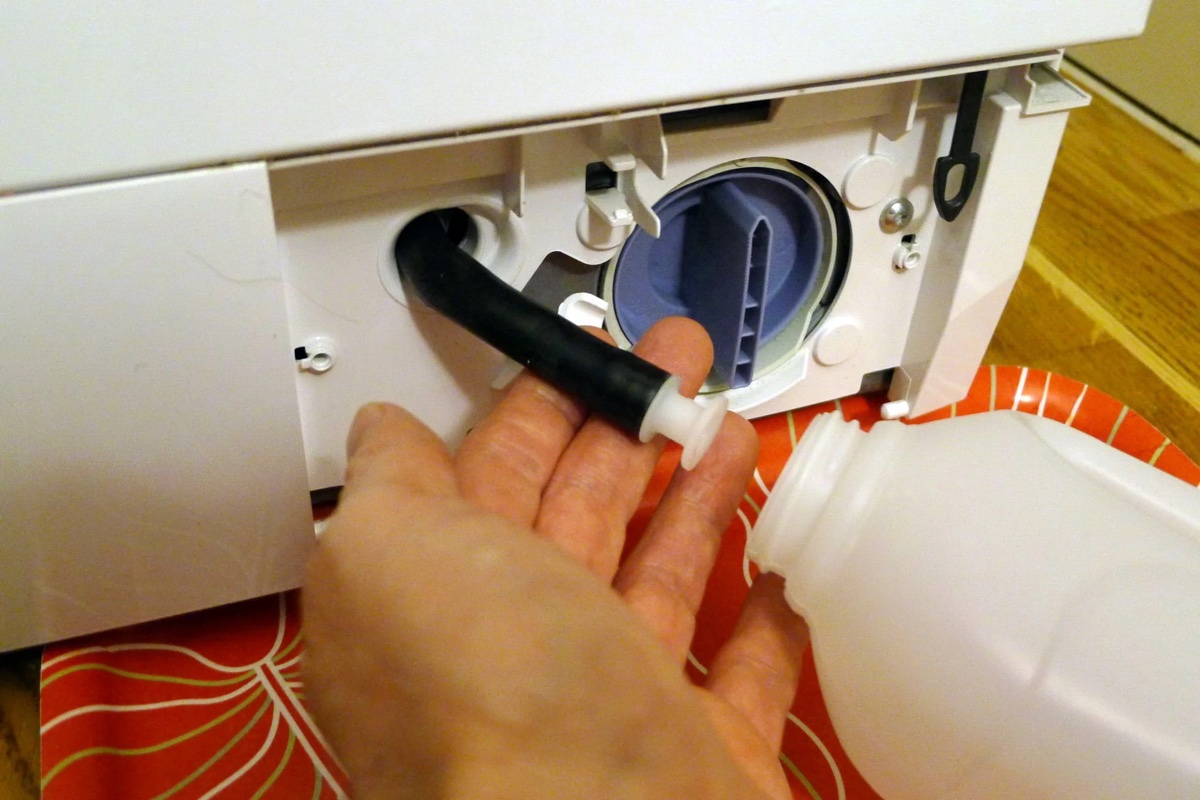
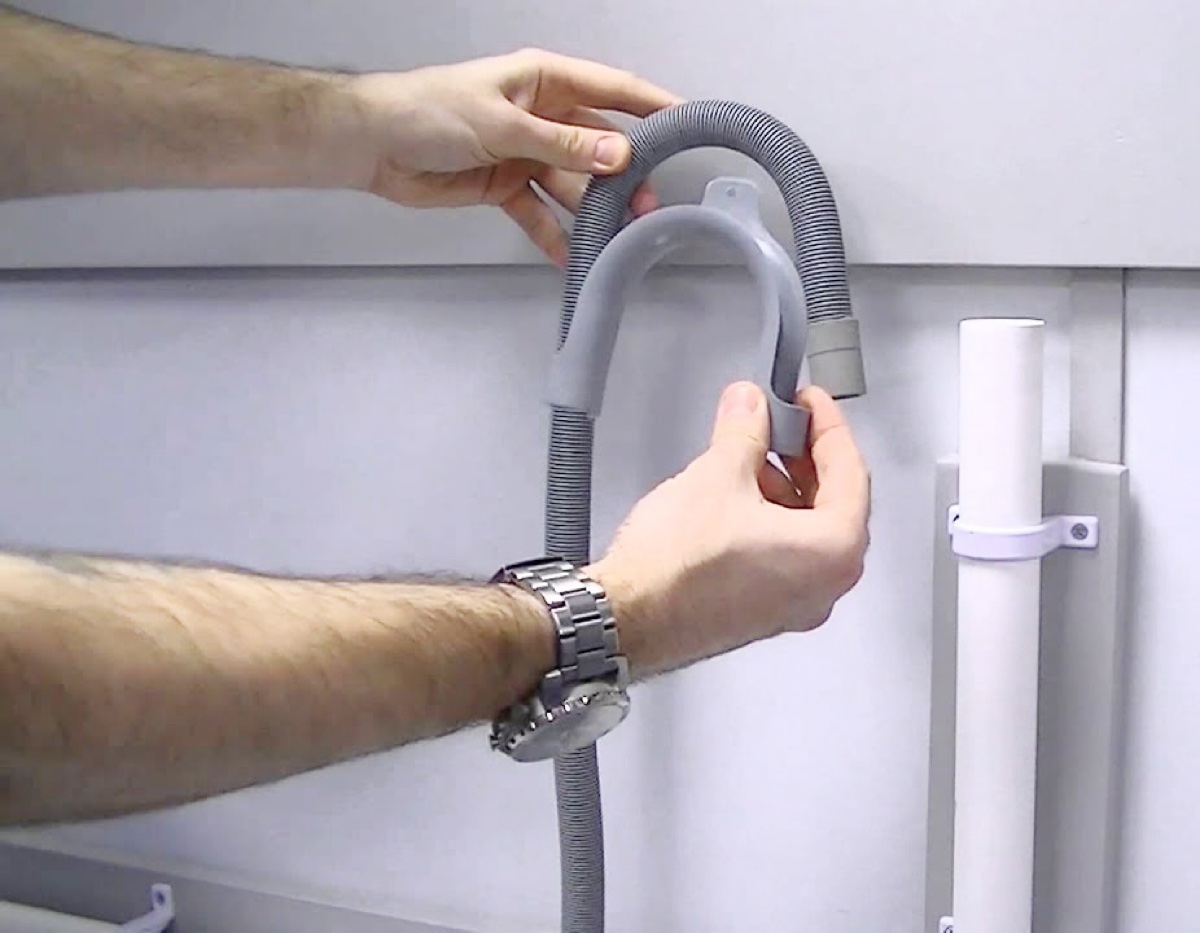
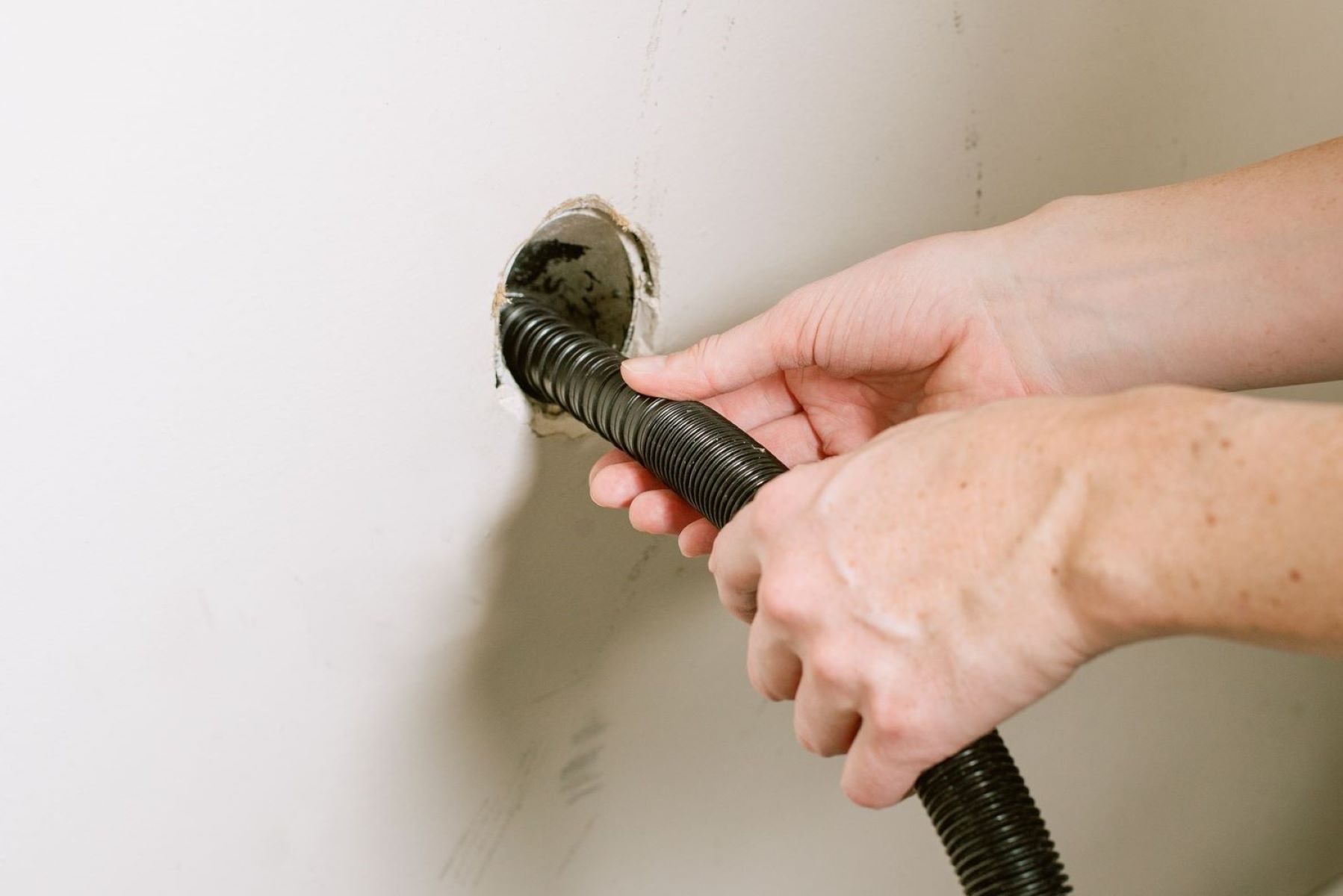
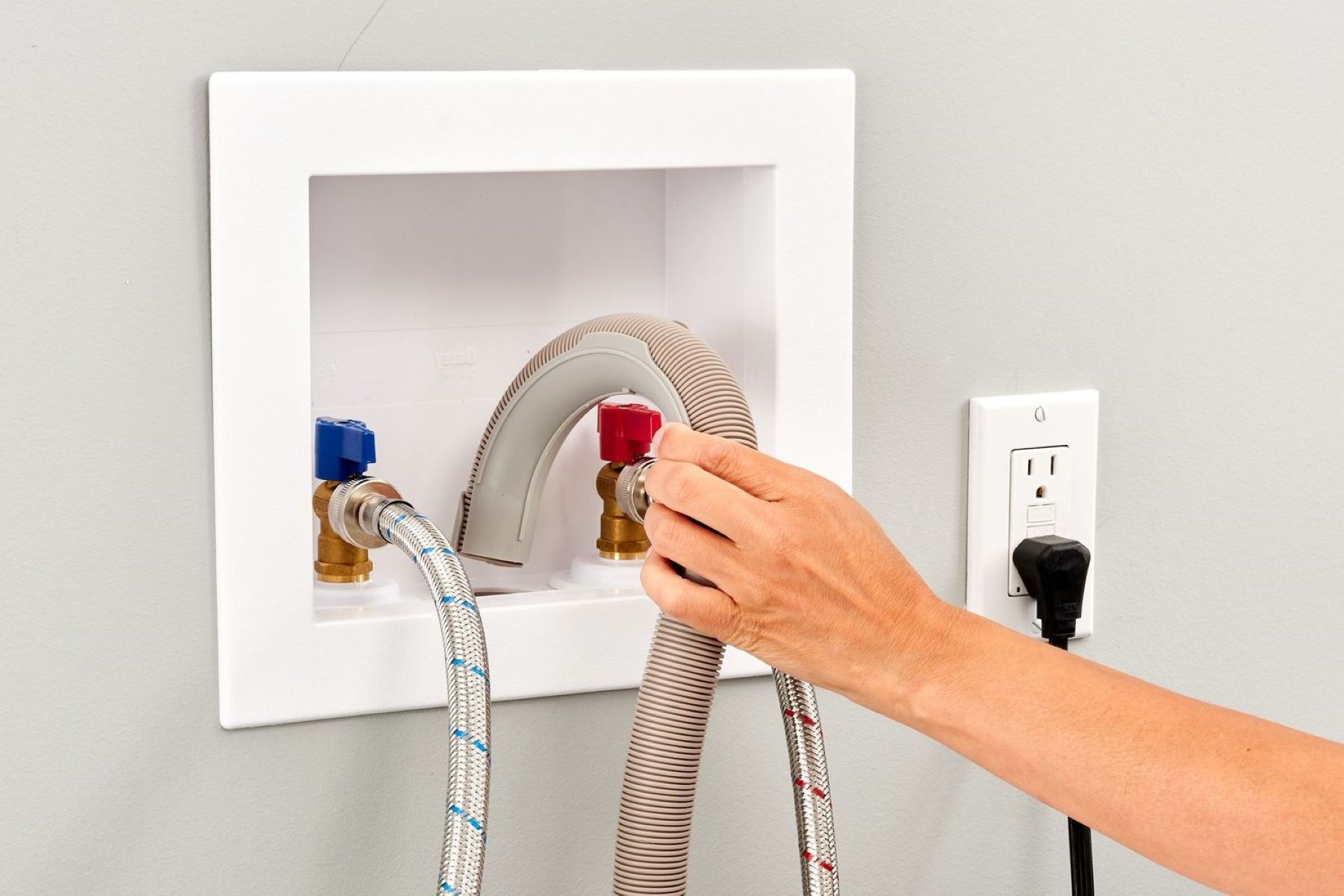
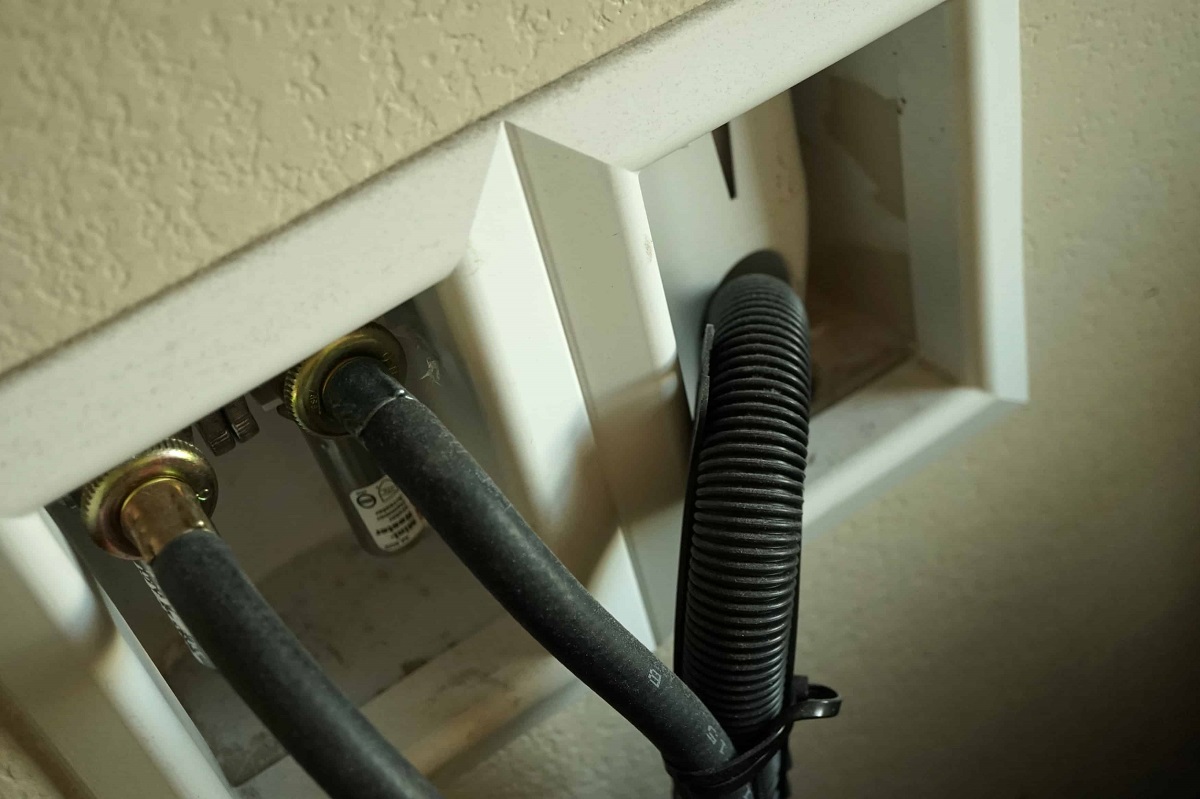

0 thoughts on “Where Does A Washing Machine Drain”